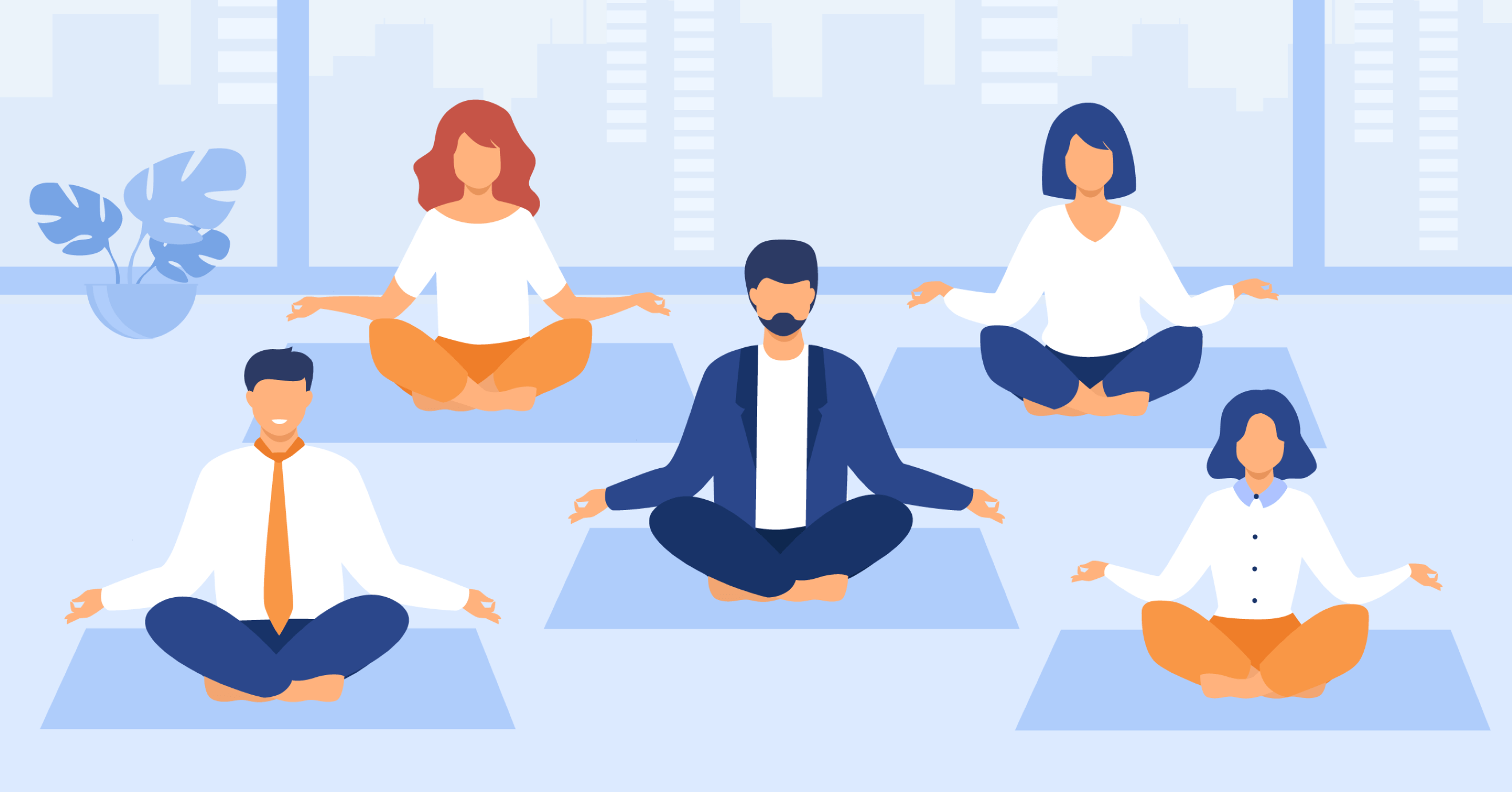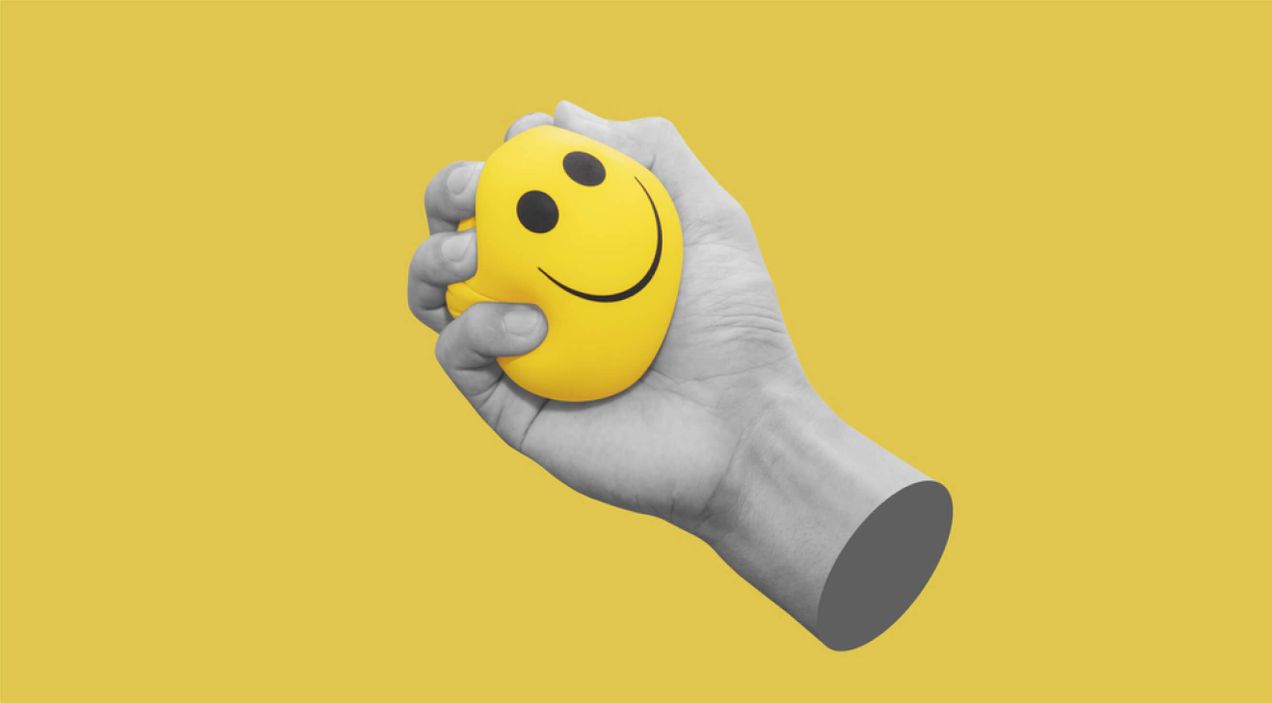60+ Mental health games and activities for workplace to thrive in 2025
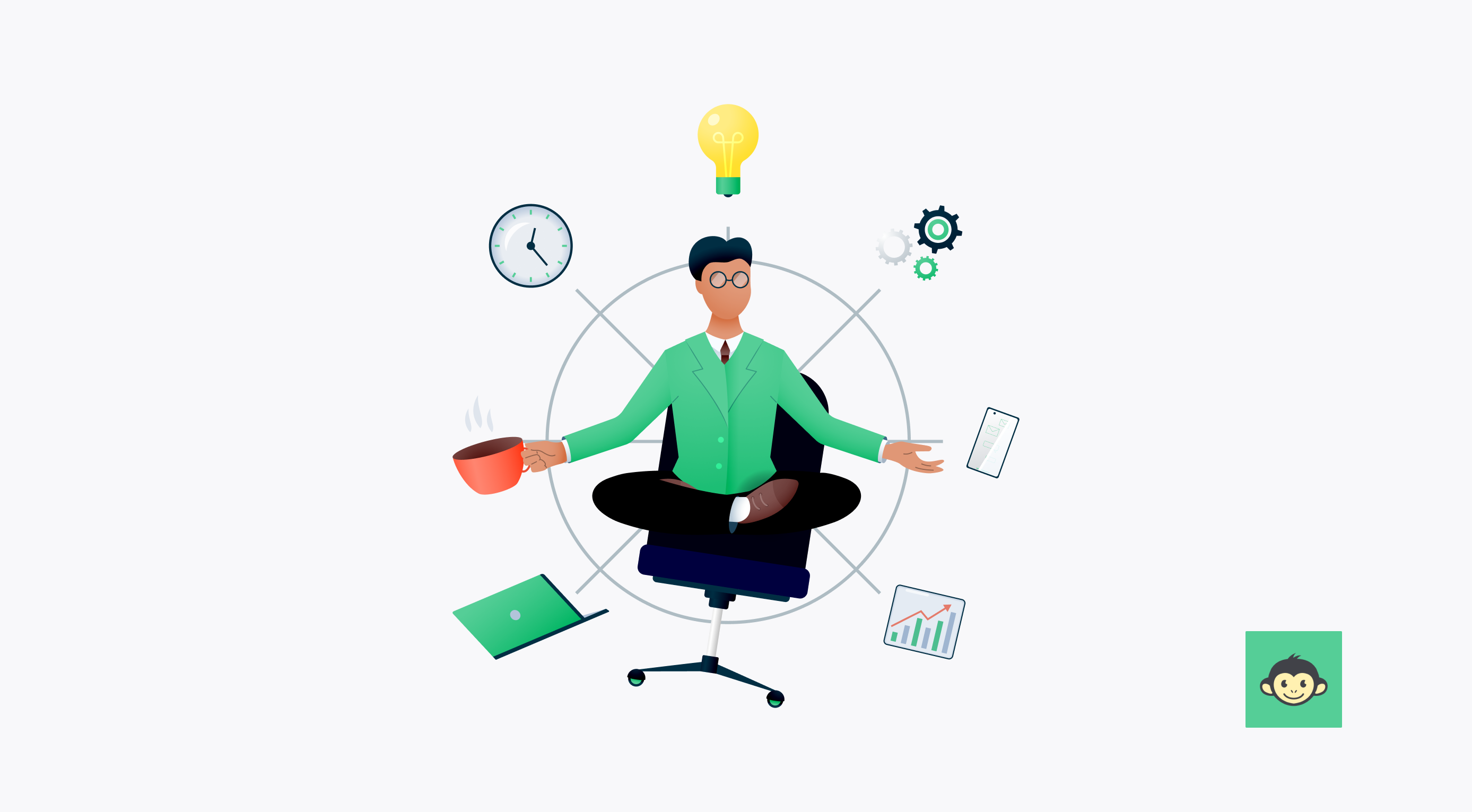
Remember those long summer power cuts as a kid? No TV, no internet, just a pack of Uno or a neighborhood chess board to save the day?
Somehow, a silly game turned a hot, frustrating evening into a memory you still smile about. That’s the thing about games. They break tension, bring people together, and remind us to breathe.
Now, fast-forward to today’s fast-paced, always-on workplace. The mental load? Heavier. The pressure? Constant. But the solution doesn’t have to be complicated. Sometimes, all it takes is a well-timed mental health activity to give your team the same kind of reset.
In this blog, we’ll explore how simple, engaging mental health games and activities can help you build not just resilience, but connection and calm, across your workplace, one round at a time.
Blog Highlights


What are mental activities for employees?
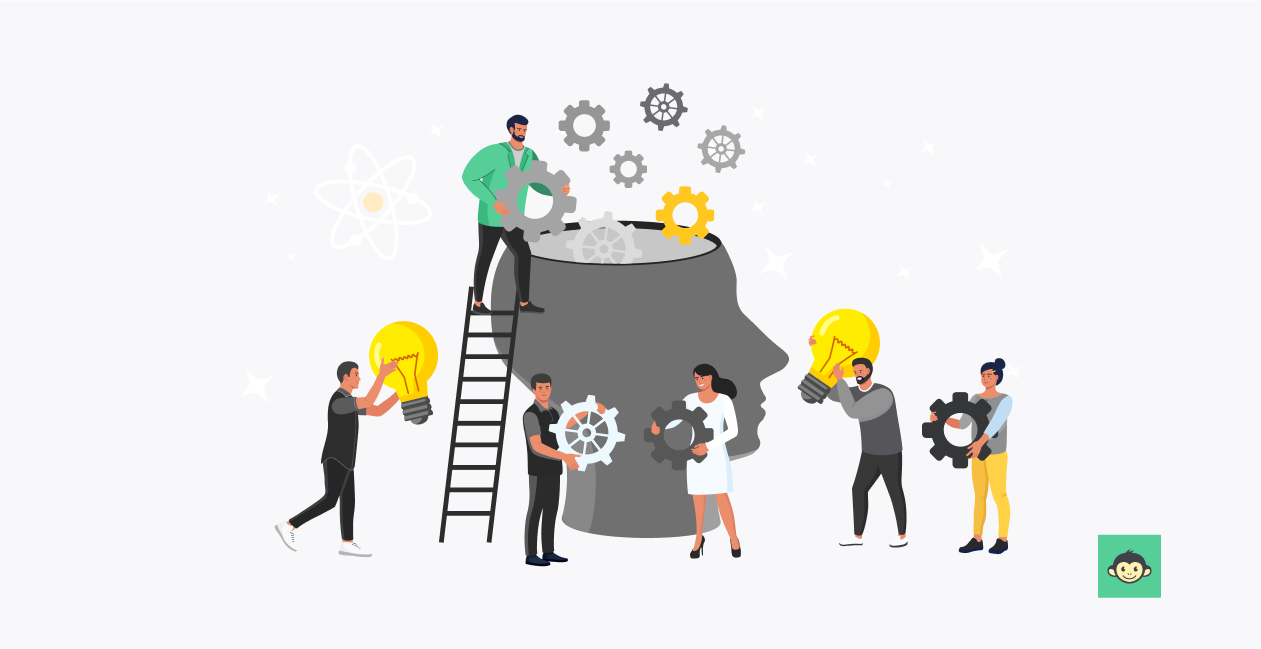
Positive mental health activities for employees encompass a range of engaging and stimulating exercises designed to support mental health, well-being, and productivity at work. These include mindfulness practices, brain teasers, problem-solving tasks, guided journaling, and emotional intelligence-building exercises such as empathy walks and active listening drills. Each activity encourages personal reflection, emotional regulation, and cognitive agility.
When employee assistance programs are done consistently, these programs can reduce stress, improve focus, and build resilience. They help employees manage daily pressures more effectively while also enhancing collaboration and communication, especially in hybrid or remote environments.
Activities like team-based games or expressive art sessions offer meaningful ways for employees to bond, boost engagement and feel connected beyond their tasks.
Incorporating such mental wellness activities into regular routines through lunch breaks, team meetings, or wellness days signals a company’s commitment to holistic well-being.
This approach fosters a psychologically safe workplace culture, boosts morale, and helps prevent burnout, leading to higher engagement and stronger employee retention.
Importance of proper mental health for employees in the workplace
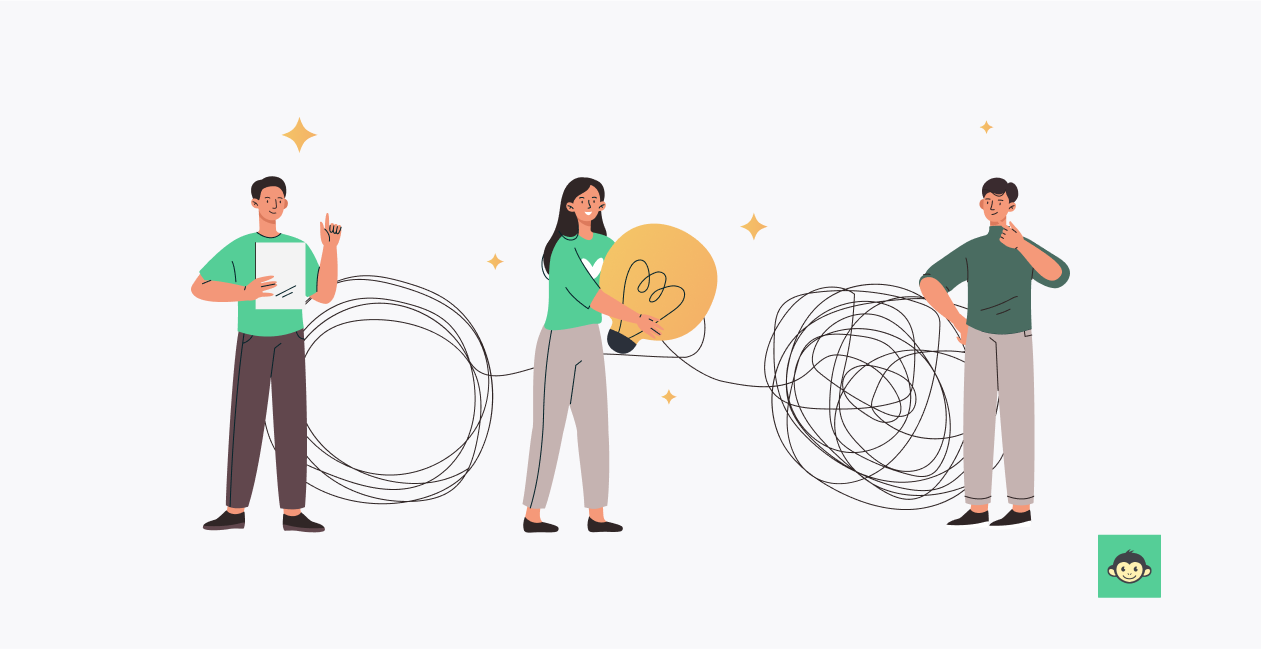
Proper mental health for employees in the workplace is paramount, as it profoundly impacts both individual well-being and the organization's overall success. Here are some key reasons why prioritizing mental health and promoting mental health awareness and mental health activities in the workplace is essential:
- Enhanced productivity: Employees with good mental health are more focused and efficient.
- Improved creativity and problem-solving: A calm mind fosters innovation and smart decision-making.
- Reduced absenteeism: Mentally healthy employees take fewer sick days and show up more consistently.
- Stronger employee engagement: Supported employees are more invested, committed and engaged in their work.
- Lower turnover rates: A workplace that values mental health retains talent better.
- Greater employee satisfaction: Mental well-being leads to more fulfilled, motivated teams.
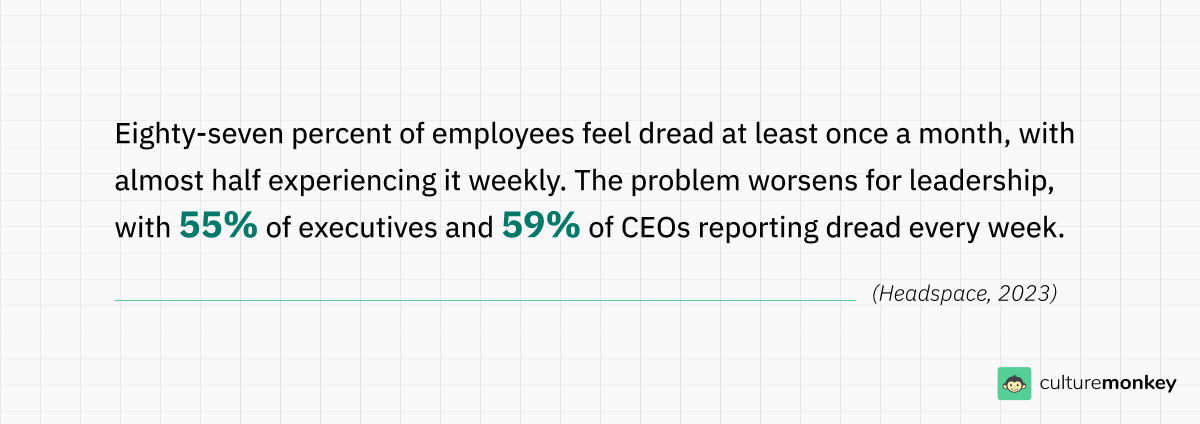
- Enhanced interpersonal relationships: Positive mental health encourages employees to build and maintain positive relationships with coworkers fostering better teamwork and empathy.
- Positive company culture: Prioritizing well-being fosters a company culture of trust and care.
- Improved work-life balance: Balanced employees bring more energy and clarity to their roles.
- Enhanced resilience: Mentally strong teams adapt better to change and setbacks.
- Effective stress management programs: Proactive tools like mindfulness or counseling help teams cope and reset.
What helps to improve employees’ mental health?

These four pillars lay a strong foundation for creating a workplace that prioritizes and enhances employees' mental health.
1) Mental health support services
Employee Assistance Programs (EAPs) play a vital role in improving employees' mental health. These programs offer confidential counseling and provide mental health services, making it easier for employees to seek help for personal or work-related challenges, including mental health issues.
Additionally, providing access to mental health professionals, such as psychologists or counselors, directly connects employees with the expertise they need.
Comprehensive mental health screening tools and insurance plans that cover mental health treatments, including therapy and medication, further remove financial barriers to the ones seeking care.
2) Work-life balance and flexibility
Promoting work-life balance is essential for mental health improvement. Offering flexible work arrangements, such as flexible work hours or remote work options, empowers employees to manage their professional and personal lives better, ultimately reducing stress.
Employers who provide ample paid time off (PTO), including vacation days, sick leave, and mental health days, allow employees to take the necessary breaks to recharge and address their mental well-being.
Encouraging clear boundaries between work and personal time also prevents burnout and enables employees to disconnect from work-related stressors when needed.
3) Mental health awareness and training
Mental health awareness and training programs are effective tools for supporting employees. By offering workshops, seminars, or training sessions on mental health topics, organizations help employees recognize signs of mental health challenges, reduce stigma, and acquire coping strategies. Plus, managerial training is essential.
When managers are trained to identify and address mental health concerns and foster open and supportive communication, it contributes significantly to creating a mentally healthy workplace. Promoting peer support and employee resource groups can also provide a sense of belonging and emotional support within the organization.
4) Wellness programs and physical activity
Wellness programs and physical activity initiatives contribute to improved mental health. Encouraging employees to engage in regular physical exercise along with mental health activities and providing on-site fitness facilities or wellness classes can positively impact both physical health and mental well-being positively.
Promoting healthy eating options and offering nutritional resources is another aspect of wellness that supports employees' overall health. Stress-reduction activities such as yoga, mindfulness sessions, or meditation can be integrated into workplace wellness programs, helping employees manage stress and anxiety effectively.
60+ Top mental health activities for the workplace
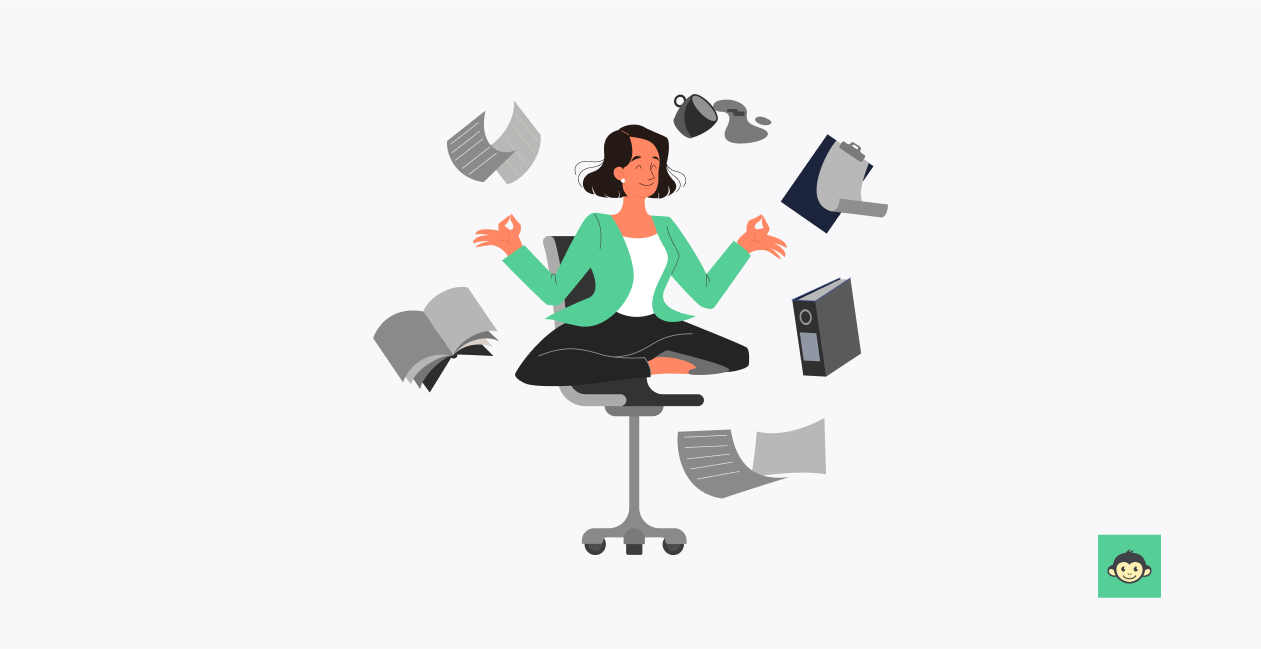
Cognitive stimulation
- Brain-teasing puzzles: Solve logic puzzles, riddles, or Sudoku to enhance critical thinking and memory.
- Creative brainstorming: Group idea generation sessions to foster innovation and break mental monotony.
- Focus dice: A die with focus-promoting prompts (e.g., "2 min deep breathing," "Declutter workspace") rolled during focus breaks.
Creative expression
- Art and craft workshops: Group sessions with materials to create art, promoting mindfulness and self-expression.
- Coloring breaks: Use adult coloring books or printable mandalas during work breaks to relax and focus.
- Expressive art sessions: Encourage coping strategies of emotional expression through painting, sketching, or sculpting.
- Expressive writing sessions: Timed journaling or creative writing to articulate emotions or personal experiences.
- Persona switch: A role-play activity where participants take on fictional personas to creatively express perspectives.
Digital well-being
- Digital detox challenges: Set screen-free goals (e.g., no phone during lunch or 1 hour before bed) for a week.
- Mindfulness technology breaks: Scheduled times during the day to pause all screens and engage in mindful breathing or stretching.
Education & awareness
- Mental health screenings: Provide access to confidential self-assessments or professional screening tools.
- Personal development courses: Offer short courses on communication, leadership, or stress management to help teams handle pressure more effectively.
- TED talk discussions: Watch a TED Talk on wellness, then discuss insights and reflections in groups.
- Wellness seminars: Invite professionals for talks on mental health, sleep hygiene, or emotional intelligence to boost workplace mental health education.
Emotional wellness
- Affirmation treasure hunt: Hide cards with positive affirmations around the workplace or online platform for users to find.
- Daily mood check-ins: Use emojis or a color chart for team members to indicate their daily mood.
- Emotional Password: Create a personal word (emotion or value) to share or reflect on daily.
- Listening sessions: Host structured peer sessions where people share stories and practice active listening.
- Mental health meme match: Match memes to common mental health experiences to encourage relatable expression.
- Mood meter check-in: Use a visual tool to assess emotions on axes like energy vs. pleasantness.
- Positive affirmation cards: Distribute printed or digital cards with uplifting messages.
- Positive affirmations: Start the day or meetings with verbal or written affirmations.
- Snapshot of my mood: Invite team members to submit a photo or drawing that represents how they feel today.
Mindfulness & relaxation
- Guided meditation sessions: 10-20 minute sessions led live or via apps like Calm or Headspace.
- Guided mindfulness apps: Provide access to or suggest apps for personal use during breaks.
- Laughter therapy workshops: Group sessions focused on humor and play to trigger therapeutic laughter.
- Laughter yoga sessions: Blend yogic breathing with laughter exercises in a safe, fun group setting.
- Meditation sessions: Quiet, unguided or lightly guided time for mindfulness practice.
- Mental clutter cleanout: Journaling prompt session to “empty” thoughts and focus.
- Mindful breathing breaks: Short breathing exercises during transitions or stress peaks.
- Mindfulness technology breaks: Scheduled screen pauses paired with mindful activities.
- Mindfulness walks: Slow, intentional walks focused on breathing, senses, and surroundings.
- Relaxation music: Play calming instrumental or nature sounds in break areas or via shared playlists.
Physical well-being
- Desk yoga and stretching: Guided stretches you can do at your workstation to relieve tension and support both physical and mental health.
- Fitness challenges: Step counts, push-up contests, or fitness app integrations for fun competition.
- Healthy snack stations: Set up areas with nutritious snacks like nuts, fruits, or granola.
- Lunchtime walks: Scheduled short walks in pairs or small groups after lunch.
- Lunchtime yoga: Light yoga sessions offered during lunch to re-energize.
- Wellness challenges: Monthly themes like "Hydration Week" or "Sleep Score Tracker" with small incentives.
Reflection & gratitude
- Celebrate small wins: Share and recognize even minor achievements in team chats or bulletin boards.
- Gratitude circles: Sit in a circle and each person shares something they’re grateful for.
- Gratitude journaling: Write 3 things you’re grateful for daily or weekly to boost positivity.
- Inspirational quote of the day: Share a motivational quote each morning via email or whiteboard.
- Reverse calendar gratitude game: Write a gratitude note each day leading up to a holiday and give it away at the end.
- “Talk it out” flashcards: Use cards with questions or scenarios to spark meaningful conversations.
Self-care habits
- Mental health bingo: Bingo cards filled with self-care actions like “took a walk” or “talked to a friend” serve as fun mental health awareness activities.
- Mindful eating sessions: Guided sessions to eat slowly, appreciating textures, flavors, and sensations.
Social connection & team building
- Emotion jenga: Regular Jenga but each block has an emotional question or expression prompt.
- Emotional charades: Act out feelings (e.g., joy, anxiety) instead of phrases for others to guess.
- Kindness coupon exchange: Create “coupons” offering small acts of kindness coworkers can redeem (e.g., coffee run).
- Lunchtime book club: Group reads followed by informal discussions during lunch hours.
- Peer support groups: Regular meetups (virtual/in-person) to discuss shared challenges and offer support.
- Random acts of kindness: Encourage employees to perform spontaneous or secret small gestures to brighten someone’s day and build community.
- Team-building activity: Games or exercises to strengthen collaboration and trust.
- Team-building board games: Use cooperative or strategy-based board games during breaks or events.
- Team-building workshops: Professional sessions focused on communication, trust, or problem-solving.
- Volunteer opportunities: Organize group volunteering at local shelters, drives, or clean-up events.
Stress management tools
- De-Stress mystery box: Surprise box with stress-relief items like squish toys, tea bags, or inspirational cards.
- Recharge roulette: A spinning wheel or digital picker offering random self-care actions.
- Stress balls: Provide tactile stress relief tools to keep at desks.
- Stress reduction apps: Promote use of apps like Sanvello or Insight Timer for anxiety relief.
Work-life flexibility
- Work-life balance bingo: Bingo grid with work-life balance actions like “took a mental health day” or “logged off by 6 PM.”
Workplace environment enhancements
- Desk plants: Distribute small potted plants to promote a calming, biophilic workspace.
- Feedback and suggestion boxes: Anonymous boxes (physical or digital) to capture honest team input.
- Office greenery initiative: Add indoor plants to shared spaces to reduce stress and increase air quality.
- Quiet spaces: Designate noise-free rooms for reflection, meditation, or recharging.
- Stress-relief desktop wallpapers: Share calming images or quotes to use as screensavers or backgrounds.
- Themed relaxation corners: Decorate break areas with cozy themes (e.g., Zen, nature) to encourage downtime.
Mental health awareness month activities
Mental Health Awareness Month is more than a calendar event. It’s a chance to spark meaningful conversations, reduce stigma, and prioritize well-being at work. The key? Blend education, participation, and empathy with purposeful activities.
January – Mental fitness challenge
- Launch a “Mind Gym” calendar where employees track daily micro-habits for mental clarity (e.g., 5-minute gratitude journaling, hydration check-ins).
- Encourage friendly competition with small rewards for consistency.
February – Heart & mind connection
- Run a “Share a Compliment” week where employees write anonymous kind notes to coworkers.
- Create a virtual or physical Compliment Wall to display submissions.
March – Stress check month
- Host quick 5-minute breathing sessions every Monday morning.
- Share weekly stress-relief tips via email or Slack.
- Place posters on stress awareness in shared spaces.
April – Active mindfulness month
- Promote 15-minute “Walk & Reflect” breaks with mindfulness prompts.
- Encourage journaling or a group reflection board post-walk.
May – Mental health awareness month
- Organize a mental health workshop or expert-led webinar.
- Launch mental health trivia games to educate through fun.
- Share digital self-care kits and mental health resources.
June – Self-compassion month
- Run a “Positive Post-it” campaign with affirming messages in shared spaces or virtual channels.
- Recommend a weekly playlist of mental health podcasts or TED Talks.
July – Digital wellness month
- Introduce a weekly “No-Meeting Day” to reduce screen fatigue.
- Launch a “Digital Detox Hour” campaign where employees unplug daily.
- Celebrate team wins in minimizing digital overload.
August – Mental health check-in month
- Share short, anonymous pulse surveys to measure stress levels.
- Offer optional 1:1 well-being check-ins or open office hours with HR or coaches.
September – Suicide prevention awareness
- Distribute confidential support line resources and fact sheets.
- Host a “Light the Way” gratitude or reflection circle to strengthen community.
October – Emotional intelligence month
- Introduce one EQ skill weekly (e.g., empathy, emotional labeling).
- Use “Talk it Out” flashcards or simple roleplay games in team huddles.
November – Gratitude & grounding month
- Launch a “30 Days of Thanks” journaling challenge.
- Create a Gratitude Wall (digital or physical) to showcase positive reflections.
December – Reflect & reset month
- Share year-end reflection prompts (e.g., lessons learned, proudest moments).
- Host vision board creation sessions or a guided “letting go” meditation.
Used well, these activities can inspire more than participation. They build understanding, trust, and a workplace where mental health is seen, supported, and sustained. And incorporating intentional mental health games throughout keeps the energy inclusive and approachable.
The role of virtual employee wellness in the workplace
Virtual employee wellness programs have become a critical tool for promoting mental health activity in today’s remote-first work environment. These programs provide flexibility and access to diverse resources, allowing individuals to manage their health effectively.
According to a study by Buffer, 23% of remote workers cite loneliness as a significant challenge, highlighting the importance of such initiatives. Here are some key mental health benefits of virtual employee wellness programs:
- Personalized wellness: From fitness to mental health, employees choose what fits. In fact, 73% say flexible wellness options drive engagement.
- Built-in convenience: Participants can engage in wellness programs from home, no commutes or awkward sessions. Just seamless support, anytime, anywhere.
- Privacy and comfort: According to a report by Charlie Health, 82% of users find virtual care more effective than in-person, thanks to the comfort of home.
- Work-life fit: Virtual physical health wellness blends easily into daily routines, improving balance and reducing burnout.
- Global access: Employees tap into a diverse mix of tools, apps, and support networks that extend beyond office walls.
What do employees want in a wellness program?
Modern wellness programs can’t be one-size-fits-all. With burnout and stress at an all-time high, employees expect support that’s flexible, relevant, and accessible. The more personalized the experience, the more likely it is to stick.

Download our Wellness Games Checklist to kickstart a healthier and more engaged office today.
To create a program that truly resonates, employers must focus on flexibility, mental health support, and work-life balance. Here’s what employees prioritize in a wellness program:
- Personalization: Employees value wellness options that reflect their unique needs, whether it’s mental health support, fitness, or mindfulness. In fact, 59% say personalization is key to successful mental health activities and initiatives (Wellable).
- Accessibility: Flexible formats, virtual or in-person, ensure every team member can engage, regardless of location or schedule.
- Proactive mental health support: Employees want consistent, preventive resources like webinars, stress reduction workshops, and counseling and not just crisis response.
- Actionable benefits: Perks like wellness stipends for fitness classes or meditation apps show a real investment in holistic well-being.
- Work-life balance: Flexible schedules and remote options help prevent burnout and support sustainable productivity.
What makes workplace mental health programs ineffective?
Workplace mental health initiatives often fail due to poor implementation and lack of long-term commitment. While many companies have good intentions, they struggle to create programs that are sustainable and truly impactful.
For instance, an HR Executives study shows that companies may invest as much as $238 per employee annually on wellness programs but without addressing the root causes of failure, these initiatives can lose momentum and fail to support employees effectively.
- Lack of leadership support: When leaders don’t actively back mental health efforts, programs lose credibility and impact. According to McKinsey, while many companies say mental health matters, only 50% actually prioritize it.
- One-size-fits-all approach: Generic wellness strategies don’t resonate with diverse employee needs, making participation uneven and less impactful.
- Lack of follow-through: Initiatives often start with enthusiasm but fizzle without consistent reinforcement, updates, or ongoing support.
- Persistent stigma: When mental health isn’t openly discussed, employees hesitate to engage. In fact, 8 in 10 workers avoid talking about mental health at work due to shame or fear of judgment.
- No measurement of impact: Nearly 60% of organizations don’t track the ROI of their mental health programs, making it hard to refine strategies or prove value.
How do I create a mental health program effectively?
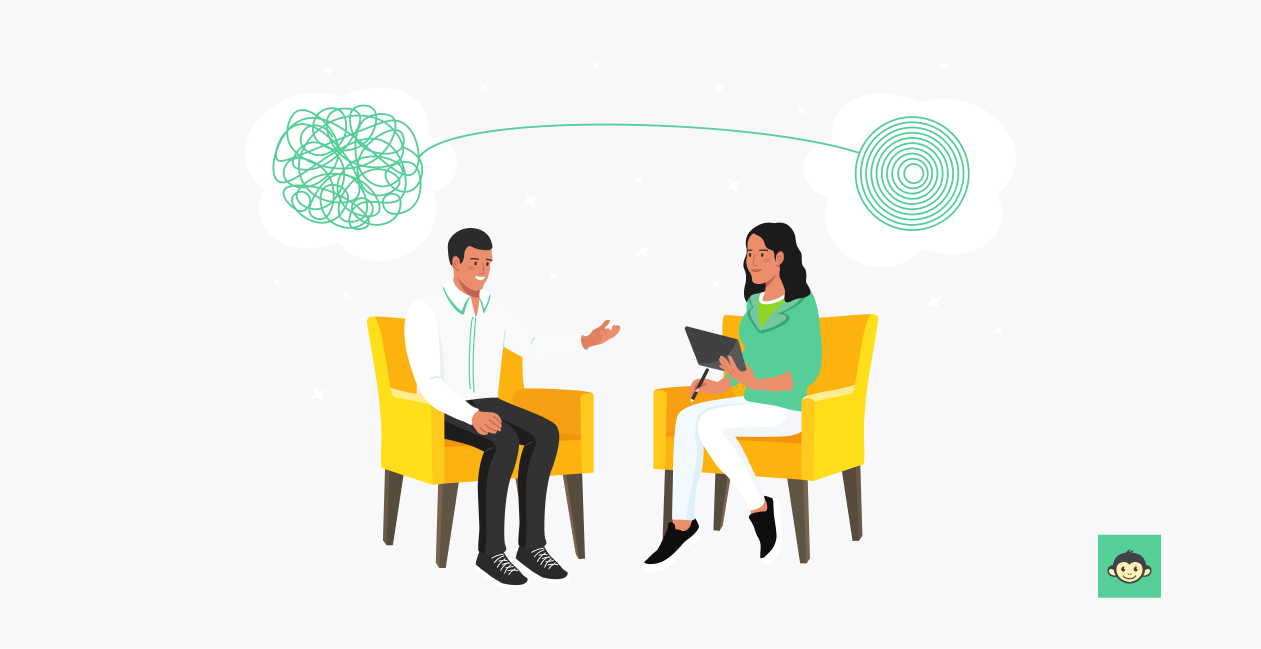
Creating an effective mental health program for your organization requires careful planning and thoughtful implementation. Here are the key steps to create a successful mental health program:
- Assess needs and set clear goals: Evaluate employee stress levels, existing resources, and mental health challenges. Define what success looks like, fewer absences, reduced burnout, or better engagement.
- Get leadership buy-in: Secure support from senior leadership to champion the program, unlock budgets, and set the tone for a culture of care.
- Develop a holistic strategy: Outline the program’s structure, objectives, and timelines. Assign clear roles to stakeholders across HR, leadership, and operations.
- Educate and train teams: Raise awareness about mental health and train managers to recognize signs of distress, respond empathetically, and reduce stigma.
- Offer accessible resources: Provide counseling, hotlines, therapy access, and mental health apps. Make sure employees know how to use them confidentially.
- Encourage work-life balance: Promote flexible schedules, enforce reasonable work life balance and normalize taking time off for mental wellness.
- Launch wellness initiatives: Introduce fitness classes, meditation sessions, or nutrition resources. Focus on both mental and physical health.
- Measure and improve: Track impact using feedback, satisfaction scores, and absenteeism data. Refine programs based on real insights.
- Boost awareness and participation: Communicate regularly through emails, intranet, and events like Mental Health Awareness Month to keep momentum alive.
- Ensure sustainability: Build long-term systems for monitoring, celebrating wins, and continuously evolving your approach.
- Stay compliant: Align your program with privacy laws and mental health regulations at both state and federal levels.
- Bring in experts: Partner with external specialists or wellness platforms to expand resources and validate your program’s impact.
When to use mental health games and when not to
Mental health games can spark laughter, reflection, and connection but like any tool, timing is everything. Knowing when to use them (and when to hold back) helps ensure they support and not disrupt your team’s well-being.
- Use them to build emotional awareness: Activities like mood meters or affirmation scavenger hunts work well during wellness weeks or emotional intelligence training sessions.
- Try them as soft starters: Introduce mental health games at the beginning of meetings or retreats to ease people into deeper conversations or reflection.
- Use them after high-stress periods: Following major deadlines or organizational changes, games can help teams decompress and reconnect with one another.
- Avoid them during crises or unresolved conflict: If your team is navigating active trauma, layoffs, or interpersonal tension, traditional games may feel tone-deaf. Opt for one-on-one support or facilitated dialogue instead.
- Skip games if they feel forced or performative: Participation should feel safe and voluntary. If there’s resistance or discomfort, offer alternative well-being tools that suit diverse needs.
- Pause when capacity is low: If your team is stretched thin, even low-effort activities may feel like “just another task.” Timing matters and mental health support should feel nourishing, not draining.
By understanding context and listening closely to your people, you’ll know when mental health games will empower your team and when they need something different.
Why do we need mental health awareness in the workplace?
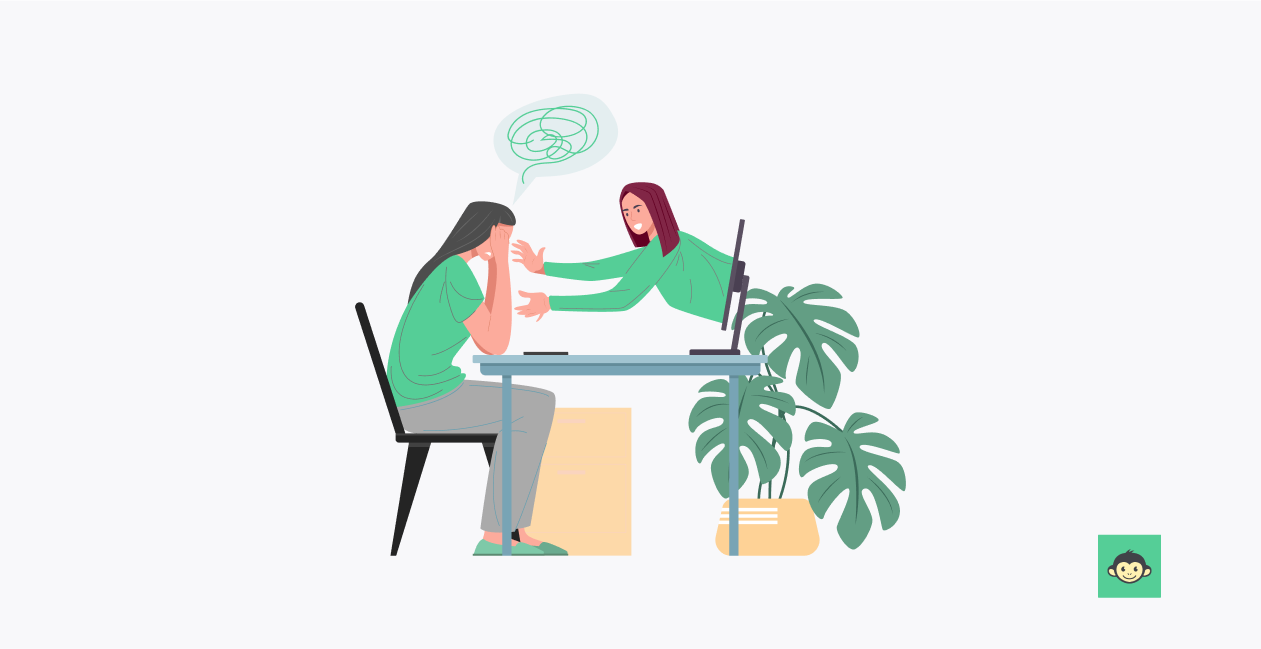
Mental health awareness in the workplace is indispensable for several compelling reasons. Firstly, it promotes a culture of empathy and understanding, breaking down the stigma associated with mental health challenges. This shift enables employees to openly discuss their concerns and seek help when needed, creating a more compassionate and supportive environment.
Mental health awareness also leads to early intervention. When employees and managers are educated about the signs of mental health issues, they can identify and address them promptly. This proactive approach can prevent minor concerns from escalating into more severe problems, ultimately reducing absenteeism and increasing overall productivity.
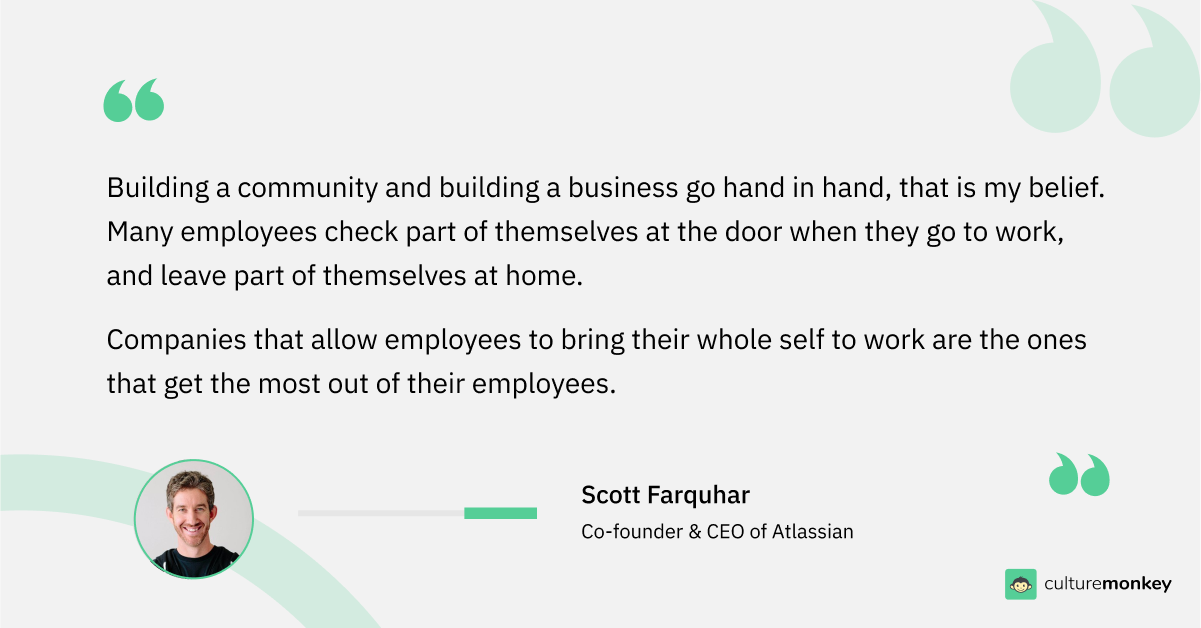
Moreover, a workplace that values mental health attracts and retains top talent. Job seekers are increasingly looking for organizations that prioritize employee well-being, including mental wellness and health support. This enhances the company's reputation and reduces recruitment and training costs.
And most importantly, a mentally healthy workforce is a more engaged and productive one. Employees who feel supported in their mental well-being are better equipped to manage stress, remain focused on tasks, and contribute effectively to the organization's success.
4 Categories of mental health games and activities for workplace
Employers are increasingly recognizing the importance of implementing mental health awareness activities to support their teams. Here, let’s explore various facets of mental health activities in the workplace, ranging from team building to group activities and emotional wellness initiatives.
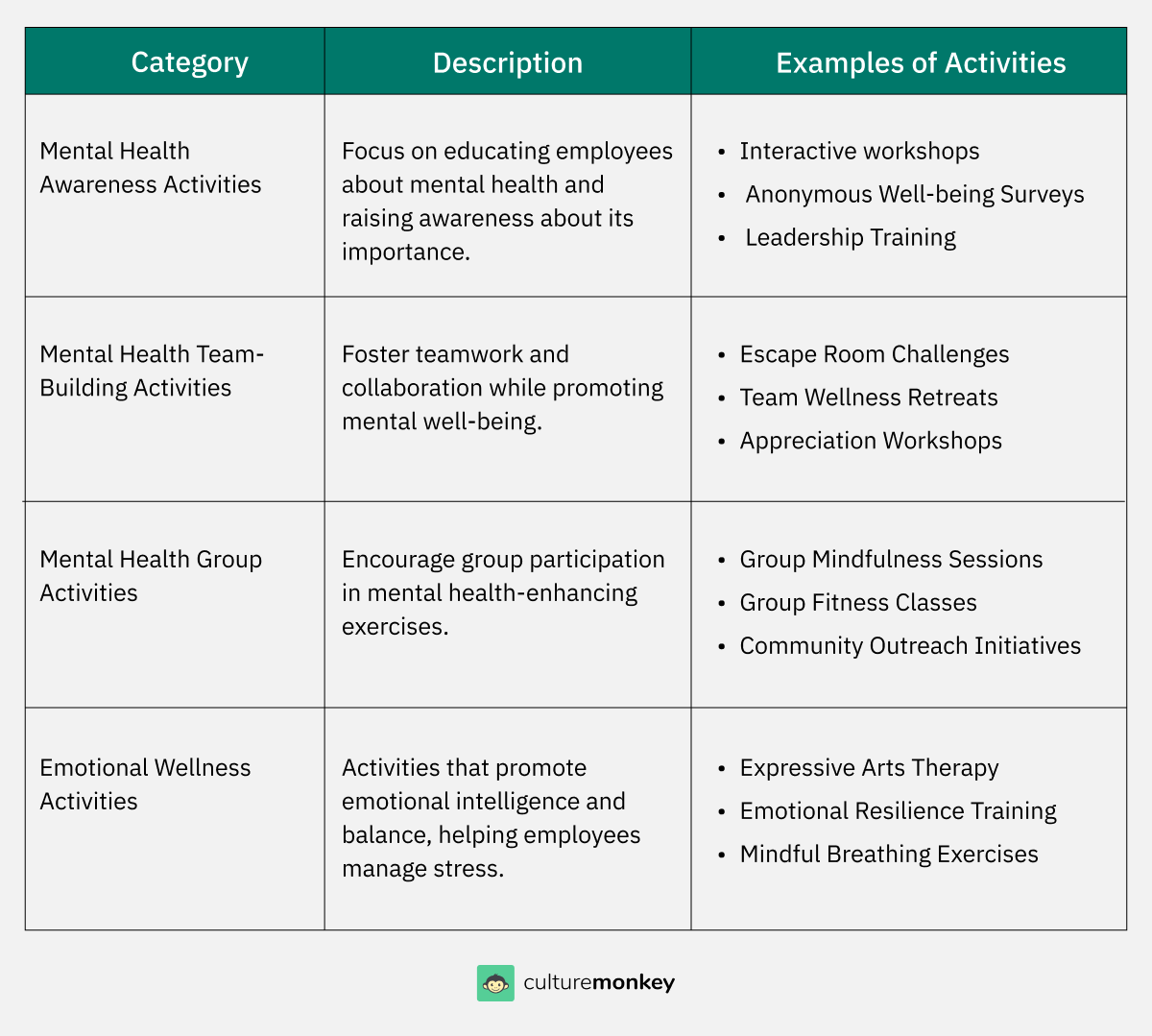
1. Mental health awareness activities
- Interactive workshops: Host sessions on stress management, resilience, and recognizing mental health issues to spark open dialogue and build awareness.
- Employee resource networks (ERNs): Create peer-led support groups where employees can share experiences, resources, and coping strategies.
- Awareness campaigns: Use internal channels like emails, posters, Slack, etc. to run ongoing campaigns that normalize mental health conversations.
- Anonymous well-being surveys: Run regular, anonymous surveys to understand team mental health needs and tailor support.
- Leadership training: Train managers to identify signs of mental distress and respond supportively.
2. Mental health team-building activities
- Escape room challenges: Encourage problem-solving, trust, and communication through collaborative escape games.
- Team wellness retreats: Blend nature, mindfulness, and team bonding to reduce stress and boost morale.
- Mindful games: Try meditation circles or emotional intelligence challenges to build deeper connections.
- Appreciation workshops: Celebrate individual strengths to foster inclusivity and shared respect.
- Shared leadership projects: Let teams co-own decisions and solutions, boosting trust and psychological safety.
3. Mental health group activities
- Mindfulness sessions: Bring teams together for guided breathing or meditation to lower stress collectively.
- Peer-led stress workshops: Encourage employees to share real coping strategies in small, supported groups.
- Mental health book clubs: Pick literature that opens conversations around emotional health and empathy.
- Group fitness: Offer inclusive classes like yoga or walking clubs to boost mood and foster social bonds.
- Community volunteering: Engage in collective giving-back initiatives to build purpose and connection.
4. Emotional wellness activities
- Emotional intelligence training: Help teams understand, express, and manage emotions better.
- Creative expression: Host painting, journaling, or music sessions to offer therapeutic outlets.
- Resilience workshops: Teach techniques and valuable insights to help employees handle adversity with strength.
- Mindful breathing: Add short, guided breathing breaks into the workday to ease tension and sharpen focus.
- Counseling access: Provide stigma-free, confidential counseling services access to professional mental health support.
How do you promote mental health in the workplace?
Promoting mental health in the workplace requires a proactive, inclusive approach that empowers employees and leaders alike. From raising awareness to creating everyday support systems, here are five key ways organizations can foster a mentally healthy work environment:
- Normalize mental health conversations: Employers should lead with awareness programs and open dialogue to reduce stigma and help employees recognize early signs of mental health issues.
- Make support resources accessible: Offer EAPs, counseling, and mental health professional access, thus ensuring employees can reach them easily and confidentially.
- Build a culture of openness: Encourage open communication around mental well-being, where employees feel safe discussing concerns with HR or managers.
- Train managers to respond: Equip managers to identify, support, and provide reasonable accommodations for employees facing mental health challenges.
- Incorporate preventive activities: Introduce regular wellness initiatives like mindfulness sessions, mental health games, or stress check-ins to proactively support emotional well-being.
Using employee feedback to improve mental health game programs
Even Batman needed Alfred to tell him when he was pushing too hard because even heroes need feedback. In the workplace, designing effective mental health games isn't a one-and-done effort. It’s an evolving process shaped by real employee insights.
- Start with anonymous pulse surveys: Use quick, low-friction feedback tools to gauge how employees feel about the current activities. Ask what resonates, what doesn’t, and how supported they feel afterward.
- Look beyond participation rates: High attendance doesn’t always mean high impact. Dive into qualitative feedback and ask do people feel more connected, relaxed, or heard after participating.
- Encourage open dialogue: Normalize mental health discussions in retrospectives or one-on-ones. Sometimes, casual check-ins surface the most actionable feedback.
- Adapt based on team preferences: Some teams may prefer mindfulness apps while others thrive with physical challenges. Let feedback guide the mix of activities.
- Track impact over time: Use feedback trends to spot what’s working. If a specific activity consistently improves mood or engagement scores, double down on it.
- Close the loop: Let your people know their voices matter. Share what’s changing based on their input, it builds trust and encourages ongoing involvement.
Creating a truly responsive mental health program isn’t about perfection, it’s about progress. The more you involve your team, the more meaningful and effective your mental health games become.
How mental health games support DEI goals in the workplace
Remember that scene in The Breakfast Club where a group of strangers find connection through vulnerability? That’s the heart of DEI and it’s where mental health games can quietly work wonders.
- Create safe spaces for all voices: Games focused on emotional awareness give everyone, from extroverts to quiet contributors, a chance to be heard without pressure or hierarchy.
- Surface shared human experiences: Whether someone’s from finance or design, laughter over a round of emotional charades reminds teams of their shared humanity and fosters empathy.
- Challenge unconscious bias through play: Games like “Persona Switch” or “Perspective Flip” help teams explore identities and situations different from their own, promoting empathy without preaching.
- Celebrate cultural differences: Incorporate diverse practices like mindfulness from Eastern traditions or indigenous storytelling exercises, making mental health games inclusive by design.
- Encourage accessibility and flexibility: Offering a variety of game formats such as visual, verbal, physical, ensures people of all abilities and learning styles can engage meaningfully.
- Support psychological safety: When people feel safe expressing emotions, it breaks down fear of judgment. That openness is the foundation of both mental well-being and inclusive cultures.
When thoughtfully implemented, mental health games do more than reduce stress. They help build workplaces where everyone feels seen, supported, and connected. In a world striving for real inclusion, even small, playful moments can lead to profound cultural shifts.
How to align mental health games with organizational culture
Think of your organizational culture like an ecosystem, what thrives in one environment may not survive in another. That’s why mental health games should be tailored to reflect the unique dynamics of your workplace.
- Start with your company’s core values: If your brand values empathy or innovation, choose games that reflect those traits, like team gratitude challenges or creative brainstorming dice.
- Consider leadership tone and style: In highly structured environments, simple, guided games may feel more natural. In open, flat cultures, spontaneous or humorous activities might resonate better.
- Match games to your communication style: A culture that thrives on Slack memes may love virtual mood check-ins, while a more traditional workplace might prefer reflective journaling or facilitated sessions.
- Avoid one-size-fits-all rollouts: If your organization has subcultures across departments, offer a game “menu” so teams can choose what works best for them.
- Pilot, then personalize: Test a small set of mental health games with a cross-functional group. Use their feedback to fine-tune your approach before scaling company-wide.
- Make it part of the rhythm: Whether it’s a mindful start to Monday meetings or a monthly laughter therapy break, rituals rooted in culture stick and people show up.
When your mental health games feel like a natural extension of how your people already work and connect, engagement grows and so does impact.
How to run a mental health workshop and use employee engagement surveys
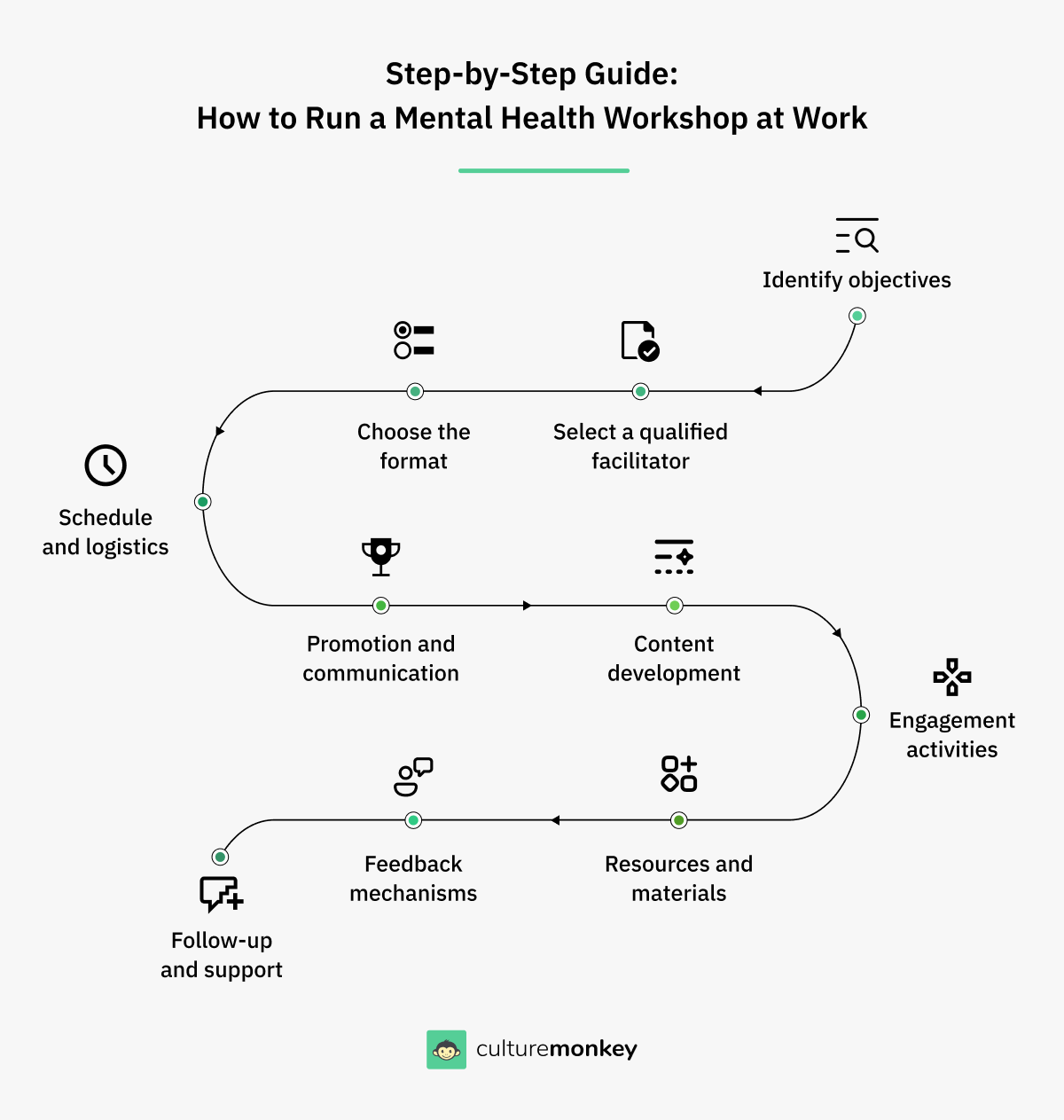
Running a mental health workshop at work requires careful planning and consideration. Here's a step-by-step guide on how to conduct such a workshop effectively:
- Identify clear goals: Define what the workshop aims to address. If it’s stress, resilience, or specific mental health topics.
- Hire a qualified facilitator: Bring in a mental health expert or trainer to ensure relevance and credibility.
- Choose the right format: Decide whether it’s a one-time session, multi-part series, or hybrid delivery.
- Plan schedule and logistics: Pick a convenient time, book the venue, and arrange any needed equipment.
- Promote the workshop: Use internal channels like email and posters to generate awareness and interest.

20 Mental Health Survey Questions
By addressing mental health concerns, companies can foster a supportive work environment, boost productivity, reduce absenteeism, and enhance employee engagement.
- Develop relevant content: Work with the facilitator to create engaging, practical, and relatable material.
- Incorporate engagement: Include group discussions, role-play, or games to keep sessions interactive.
- Provide resources: Distribute handouts or reading materials to reinforce learning after the session.
- Gather feedback: Collect participant feedback to evaluate impact and improve future sessions.
- Offer follow-up support: Send helpful resources and ensure access to ongoing mental health support.
After you conduct a mental health workshop, it is important to assess its impact, and that’s where employee mental health surveys come in. These surveys can gauge employee satisfaction, stress levels, and perceptions of mental health support.
Conclusion
Mental health at work isn’t a perk, it’s a business priority. Building a supportive environment requires awareness, consistent dialogue, and the right tools to empower employees. When organizations invest in mental well-being, they not only reduce burnout but also improve productivity and employee retention.
Implementing targeted programs, manager-led workshops, and accessible support resources demonstrates genuine care.
Feedback mechanisms like pulse and lifecycle surveys allow leaders to understand evolving needs and respond with meaningful strategies. Platforms such as CultureMonkey make this easier by providing real-time insights that can be translated into timely, impactful action.
By integrating mental health into the core of company culture, businesses foster happier, more engaged teams and ultimately drive sustainable performance and organizational success.
Summary
Taking care of mental health at work is essential for both individual well-being and organizational success. Incorporating mental health activities like guided meditation, wellness challenges, and stress reduction programs fosters a supportive, productive environment.
A mentally healthy workplace reduces absenteeism, boosts engagement, and enhances creativity, leading to a positive company culture. By prioritizing mental health through awareness, support services, and employee wellness programs, organizations can create a more resilient and satisfied workforce.
FAQs
1. How often should mental health games be used in the workplace?
Incorporate mental health games weekly or biweekly during team meetings, wellness breaks, or lunchtime sessions. This frequency maintains employee engagement, encourages consistent emotional check-ins, and balances fun with productivity. Overuse may cause fatigue, while infrequent use limits impact. So regular, light-touch integration is key to fostering a mentally supportive and connected workplace culture.
2. Do mental health games actually enhance workplace productivity?
Yes. Studies show that mental health programs, including interactive games, can yield up to 4× ROI. Benefits include reduced stress, improved focus, better teamwork, and increased morale. Games enhance psychological safety and emotional intelligence, which in turn promote clearer thinking and engagement, which are key drivers of productivity in today’s dynamic, often high-pressure, work environments.
3. Which age group benefits most from mental health games at work?
While often associated with younger people, mental health games benefit all age groups. Adults in their 20s to 50s regularly use puzzles, strategy-based games, and mindfulness challenges to improve focus, process emotions, and reduce stress. The key is choosing age-inclusive formats that feel engaging and not childish, while still supporting mental clarity, connection, and psychological well-being.
4. How do I choose the right mental health game for my team?
Start by defining the goal: emotional literacy, team bonding, or stress relief. Then consider format (digital vs. in-person), time available, and team setup (remote or on-site). CBT-based games build coping skills; charades foster empathy; trivia fuels engagement. Prioritize games that are inclusive, time-efficient, and aligned with your culture and employee preferences.
5. How do I measure the impact of mental health activities at work?
Track participation, emotional shifts, and morale using mood check-ins, pulse surveys, or platforms like CultureMonkey. Combine quantitative metrics (like survey scores) with qualitative feedback to assess impact. Look for changes in stress levels, communication quality, and productivity. Effective programs typically show improvements in workplace sentiment, employee openness, and psychological safety.


